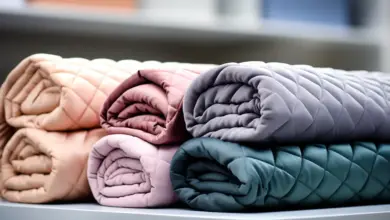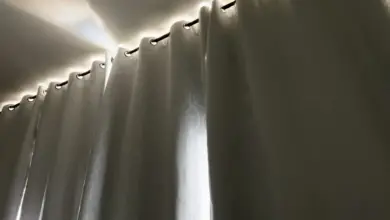Bed Sheets Guide
Bed Sheets Guide: Cotton vs. Bamboo vs. Linen vs. Tencel
We want bed sheets that are comfortable and durable. Bed sheets are no different. Just like mattresses and pillows can be difficult to find in Australia today. There are a lot of choices: cotton bamboo tencel linen and so on. There are also many other things to think about, such as whether the fabric will alleviate summer sweating. The type of sleeper, the maintenance, and the environmental impact. You should consider your location, the style of sheets and, of course, personal preference.
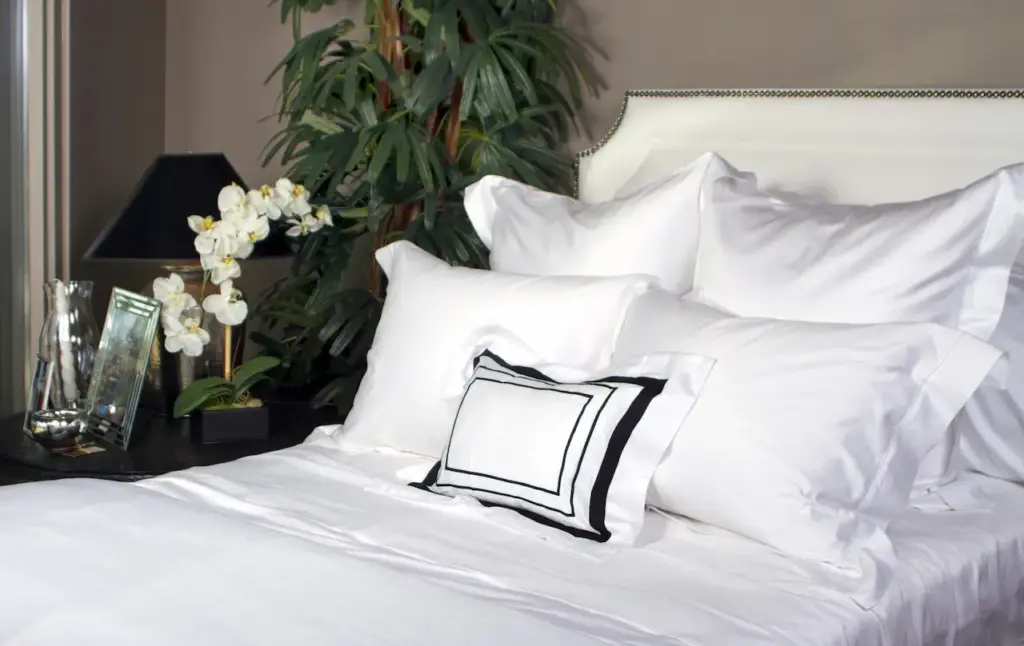
Each fabric material has its unique feel, characteristics, advantages, and disadvantages. Let’s take a closer look at the different materials and see which one is best for you.
Cotton Sheets
Cotton is the first fabric we need to discuss. Cotton is by far the most popular fabric for bed sheets. Cotton is available in many different weaves, which give it its unique feel. It can feel crisp when it is percale. Silky when it is sateen. And fuzzy when it is flannel.
Cotton is woven in a way that allows air to pass through, so it won’t mould to your body. It will keep you cooler in the summer or, if you sleep hot, will help regulate your body’s temperature.
Cotton is still a favourite bed sheet material, but it does have a few flaws. Cotton is a natural fibre that has many benefits, but it can be damaged by moisture and mildew. Water is present in all places, including our beds. It can be found in sweat, natural oils, or even our bodies’ secretions.
Cotton is also prone to shrinkage due to its lack of elasticity. Cotton also fades faster than other fabrics because it is not colourfast. Cotton fabrics that are shorter tend to be looser and produce lint.
Care Instructions :
It is best to follow the instructions on the packaging. However, you can also wash the bedding separately to avoid the extra-hot water and heavy-duty cycle that can damage cotton fibres. Always choose a mild detergent.
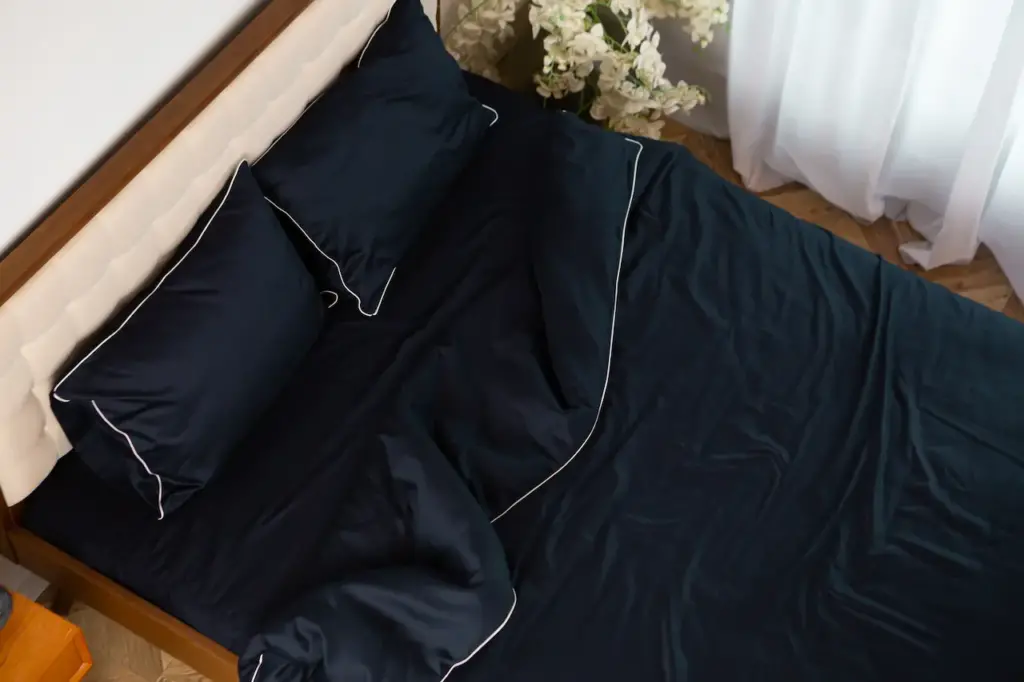
Bamboo Sheets
Bamboo bed sheets are eco-friendly, hypoallergenic and breathable. They also resist odours.
Bamboo is a natural fibre that comes in thousands of varieties and can be manufactured using a variety of methods to create the desired fabric. After the plant has been harvested, the cellulose will be dissolved in a solution and then added, allowing fibres to regenerate and be drawn from the plant.
Bamboo is antibacterial and moisture-wicking, as well as thermo-regulating, which helps you stay cool or warm at night depending on the temperature of your body.
Bamboo is a highly effective product for the environment, but ‘greenwashing techniques’ or false advertisements have made it appear that way. Many US companies were also charged with false advertising, misleading consumers or what’s commonly called “bambling”. Four manufacturers were fined in 2009 for misrepresenting rayon as Bamboo.
Care Instructions :
As with other fabrics, bamboo sheeting will have specific care instructions. If in doubt, you should always follow these instructions. Wash your natural fibre sheets on a gentle cycle. If you want to remove stains, soak the sheets. Separate light and dark colours.
Linen Sheets
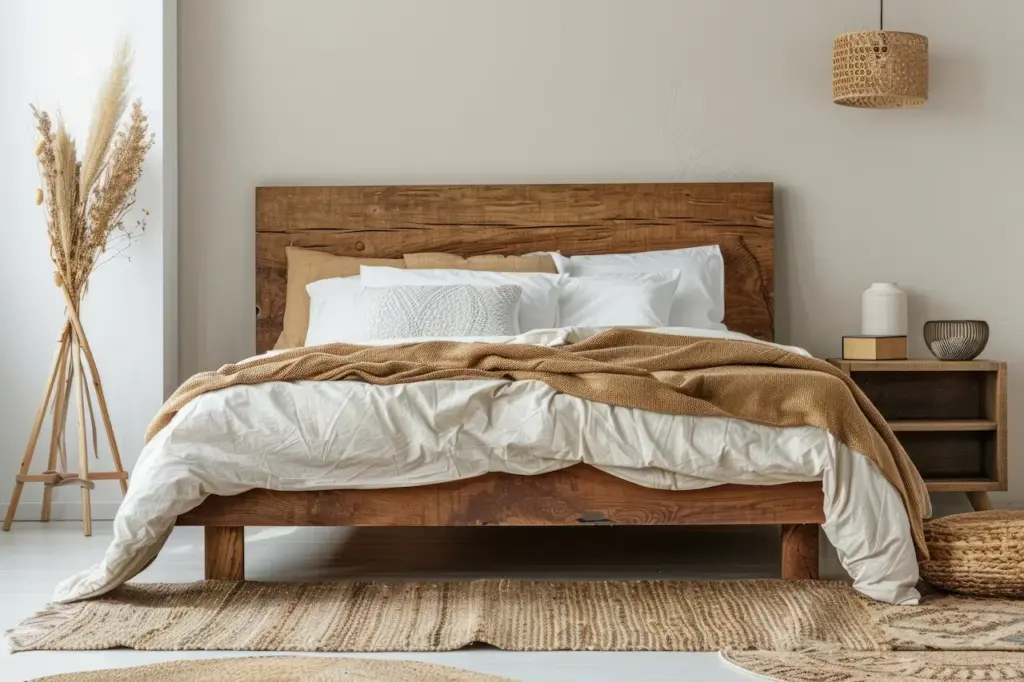
The fibres used to make linen are derived from flax stems. Linen is an environmentally friendly, natural material. It is hygroscopic and conducts moisture very well. This is why it is used to make shoe insoles. This linen sheet can help reduce sweating in the summer heat. The natural white colour reflects sunlight and is a great fabric for those who live in hot climates. It also regulates temperature when you sleep.
With so many benefits, linen can be expensive. Flax is also known to crumble and shrink.
Care instructions:
As linen sheets are delicate and should be treated with care, it is important to follow the instructions. While machine washing your linen sheets, as a rule, set the cycle to delicate and short. Air-dry your linen sheets or garments on a rack after you have finished washing them to prevent them from wrinkling.
Tencel Sheets
Tencel, a fabric made from wood cellulite, is synonymous with eco-friendly.
Tencel begins as trees that are grown on land of low quality. Tencel plants are irrigated primarily with rainwater. The trees are chopped into chips and then turned into pulp. The pulp is blended with water, solvent and cellulose to create Tencel. The entire process is eco-friendly.
Tencel bedding is a combination of luxurious, skin-friendly, and smooth textiles. Tencel’s biostructure is also responsible for its deep, long-lasting colour.
Tencel, however, is temperature sensitive and can harden easily in humid and hot environments. Tencel sheets are more expensive because of the high cost of production and maintenance.
Care instructions:
Please read the instructions again. Some Tencel sheets only recommend “dry-cleaning” but, as a rule, you can wash them in cold water with mild detergent and on the delicate setting of your washing machine.
Cotton vs. Bamboo vs. Linen vs. Tencel Fabric Comparison
Cotton
Pros
- Natural
- Affordable option
- Hot weather favourite
- Versatile
- Insulating
- Non-allergenic
- Strong
Cons
- Absorbs moisture, therefore likely to damage and form mildew
- Prone to wrinkles
- Prone to lint
- Does not mould
- Not colourfast
Bamboo
Pros
- Eco-friendly
- Soft feel
- Strong fabric
- Breathable in summer and warm in winter
- Water absorbent
Cons
- Tends to shrink
- Super wrinkly
- Low production quantity makes it relatively expensive
Linen
Pros
- Natural
- Hygroscopic- releases water quickly, best for hot weather
- Strong
- Light
Cons
- Super wrinkly
- Prone to shrinking
- Affected by mildew and perspiration
- The care is somewhat high-maintenance
Tencel
Pros
- Eco-friendly, biodegradable
- Easy to wash
- Lustrous feel
- Breathable
- Moisture permeability
Cons
- Not the most durable on the list
- Expensive
